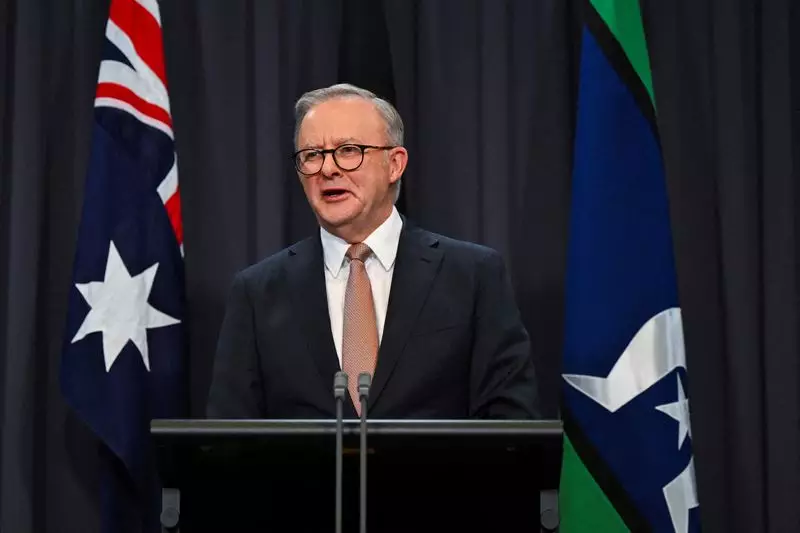In a significant policy announcement, Australian Prime Minister Anthony Albanese outlined plans that could reshape the financial landscape for around three million graduates bearing student loans. The government intends to reduce these debts by 20%, effectively erasing approximately A$16 billion (around $10 billion) in total student debt burdens. While this initiative is an admirable attempt to ease the financial strain on young citizens, it also begs the question of the broader implications of such a decision.
This initiative is a continuation of efforts established in the May budget, which emphasized alleviating cost-of-living stress amidst ongoing inflationary pressures. The budget already focused on providing financial relief not only for students but also included strategies for making medications more affordable and enhancing rent assistance programs. Albanese characterized the latest student loan reforms as part of a comprehensive approach to deliver long-term systemic benefits. By easing the debt burden, the government aims to empower graduates and boost their financial stability, effectively allowing them to contribute more robustly to the economy in the years to come.
Analysts may argue, however, that while the debt reduction is a timely relief for many, it does raise fundamental questions about fiscal responsibility. Wiping off A$5,520 from the average graduate’s loan may indeed seem an attractive offer; nevertheless, the expected financial outlay of A$16 billion raises concerns over where the funding will originate. As the government strives to project a more favorable budget trajectory, sustainable financing of such programs must be a cornerstone of its strategy to foster public trust.
The announcement further specifies that the repayment structure for student loans will undergo modifications. The government plans to lower the annual repayment amount and increase the income threshold for initiating payments. Additionally, Albanese unveiled a commitment contingent upon re-election in 2025, vowing to legislate for 100,000 free places annually in Technical and Further Education (TAFE) institutes. This proposal signifies a commitment to widening educational access, which may bolster workforce participation rates and fuel economic growth.
This decisive move comes as Labor faces increasing scrutiny heading into the next federal elections. Polling data indicates that the party may trail its conservative rivals, making the timing of this policy both strategic and significant. The government is attempting to resonate particularly with younger voters facing an enterprise that feels daunting, particularly in a high-inflation environment. Albanese’s rhetoric emphasizes building a better educational future—a sentiment aimed to galvanize public support during a critical electoral period.
While the plan to alleviate student debt carries the potential for immediate relief, it also raises valid concerns regarding its long-term impacts on fiscal policy and education accessibility. As debates unfold, the effectiveness of these measures will ultimately hinge on their implementation and universality within Australia’s socio-economic framework.

